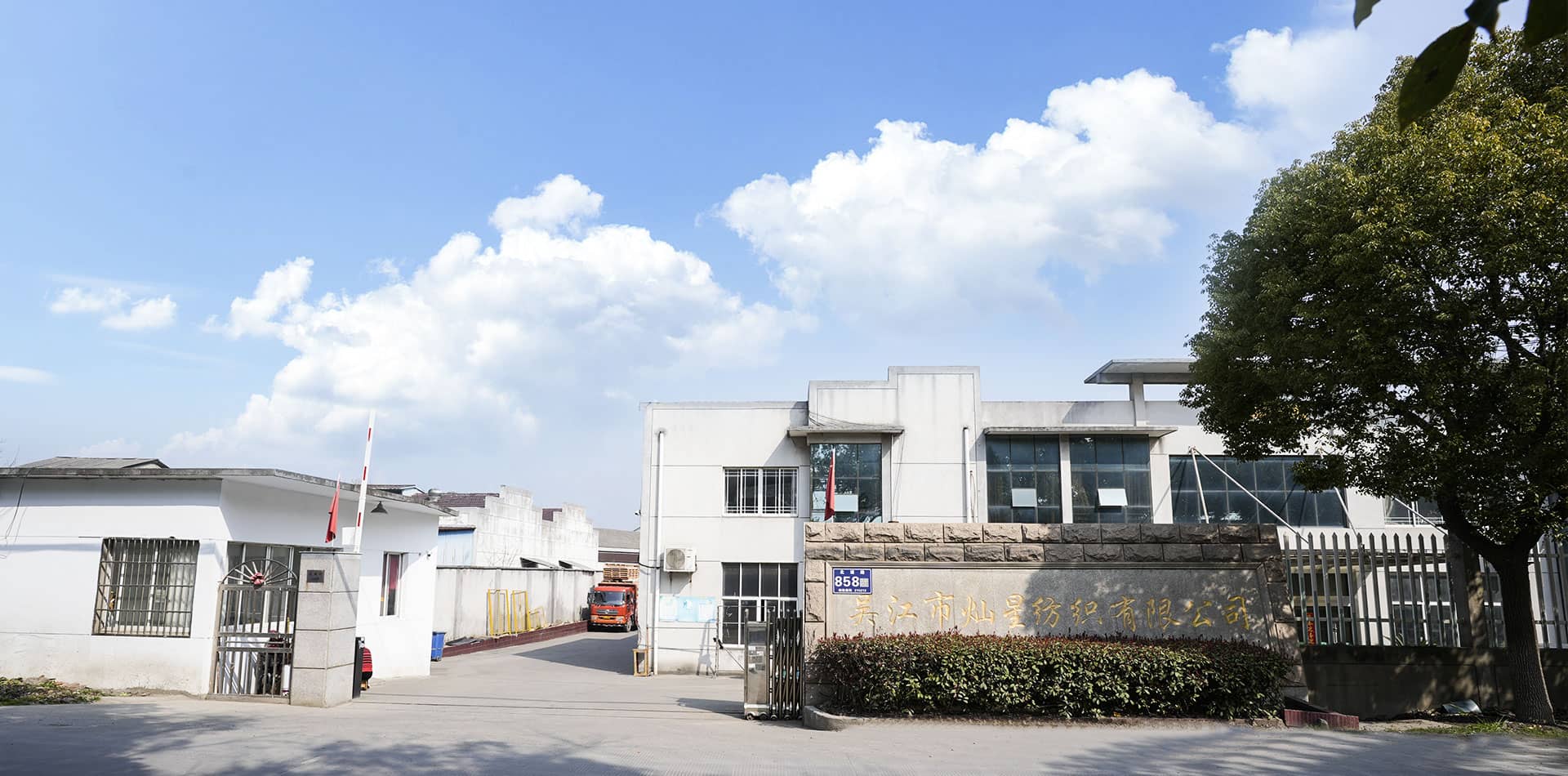

1. High UPF value: Professional sun protection guaranteeUPF value is an important indicator to measure the sun protection effect of fabrics. Nylon Sunscreen Fabric achieves a high UPF value sun protec...
View More1. Weaving technology: traditional textile methodWeaving is a traditional process of forming fabrics by interweaving alternately longitudinal (warp) and transverse (weft) yarns. The density, texture a...
View More1. Material innovation of environmentally friendly new functional fabricsThe innovation of environmentally friendly New Functional Fabric is first reflected in the selection of raw materials. Traditio...
View MoreThere are several factors to consider when choosing the right fabric type for digital printing to ensure the printing effect and fabric comfort. Here are some key points:
Fabric fiber composition:
Synthetic fibers (such as polyester, nylon) generally absorb and retain digital printing pigments better, suitable for detailed patterns and colorful designs.
Natural fibers (such as cotton, silk) do not absorb ink as well as synthetic fibers, but they are generally more comfortable and breathable. For cotton fabrics, choose high-quality pure cotton or blended fabrics to achieve good printing results.
Fabric weaving method:
Plain fabrics (such as canvas) and twill fabrics (such as denim) are suitable for thicker printing, can provide clear patterns and good wear resistance.
Knitted fabrics (such as T-shirt fabrics) are generally softer and suitable for printing soft designs, especially for clothing products.
Fabric surface treatment:
Fabrics with smooth surfaces (such as glossy polyester) help to obtain clear and delicate patterns.
Fabrics with textured surfaces (such as wool, cloth) may affect the uniformity and detail of the print.
Fabric weight and thickness:
Heavier fabrics (such as canvas) are suitable for applications that require higher wear resistance, such as home decorations.
Thinner fabrics (such as light shirting cloth) are suitable for light and comfortable clothing applications.
Fabric dye compatibility:
Make sure the selected fabric is compatible with the digital printing dyes used, especially the dye absorption and fixation properties. For example, polyester fabrics are suitable for thermal transfer dyes, while cotton fabrics are suitable for water-based dyes.
In the production process of digitally printed fabrics, which type of printer has the greatest impact on production efficiency and fabric quality?
In the production process of digitally printed fabrics, the type of printer has a significant impact on production efficiency and fabric quality. Here are some of the main types of digital printing printers and their features:
Inkjet Printers:
Advantages: Suitable for high-precision and detailed patterns, able to handle complex color gradients and high-resolution images. Inkjet printers typically support a wide range of fabric types and excel particularly in low-volume production and custom printing.
Heat Transfer Printers:
Advantages: Suitable for mass production, especially when transferring patterns to synthetic fabrics. Thermal transfer printing technology can complete a large number of printing tasks in a short time.
Dye-Sublimation Printers:
Advantages: Suitable for 100% polyester or polyester fabrics, providing colorful and durable printing effects. Dye sublimation technology can convert dyes into gas at high temperatures, thereby penetrating into the fabric fibers to ensure the firmness and durability of the pattern.
UV Printers:
Pros: Can print on a variety of fabric surfaces, including those not suitable for traditional dyes. UV printing uses ultraviolet curable ink to create high-quality images on almost any surface.
Inkjet transfer machine (Direct-to-Fabric Printers):
Advantages: Print directly on the fabric, no transfer process required. Suitable for many fabric types including cotton, silk and synthetic fibers. Usually has higher production efficiency and better image quality.
Production efficiency: Thermal transfer printers and inkjet transfer machines perform better in mass production and can provide faster production speeds.
Fabric quality: Dye sublimation printers perform very well on polyester fabrics, while inkjet printers and UV printers perform better in fabric selection and printing details.